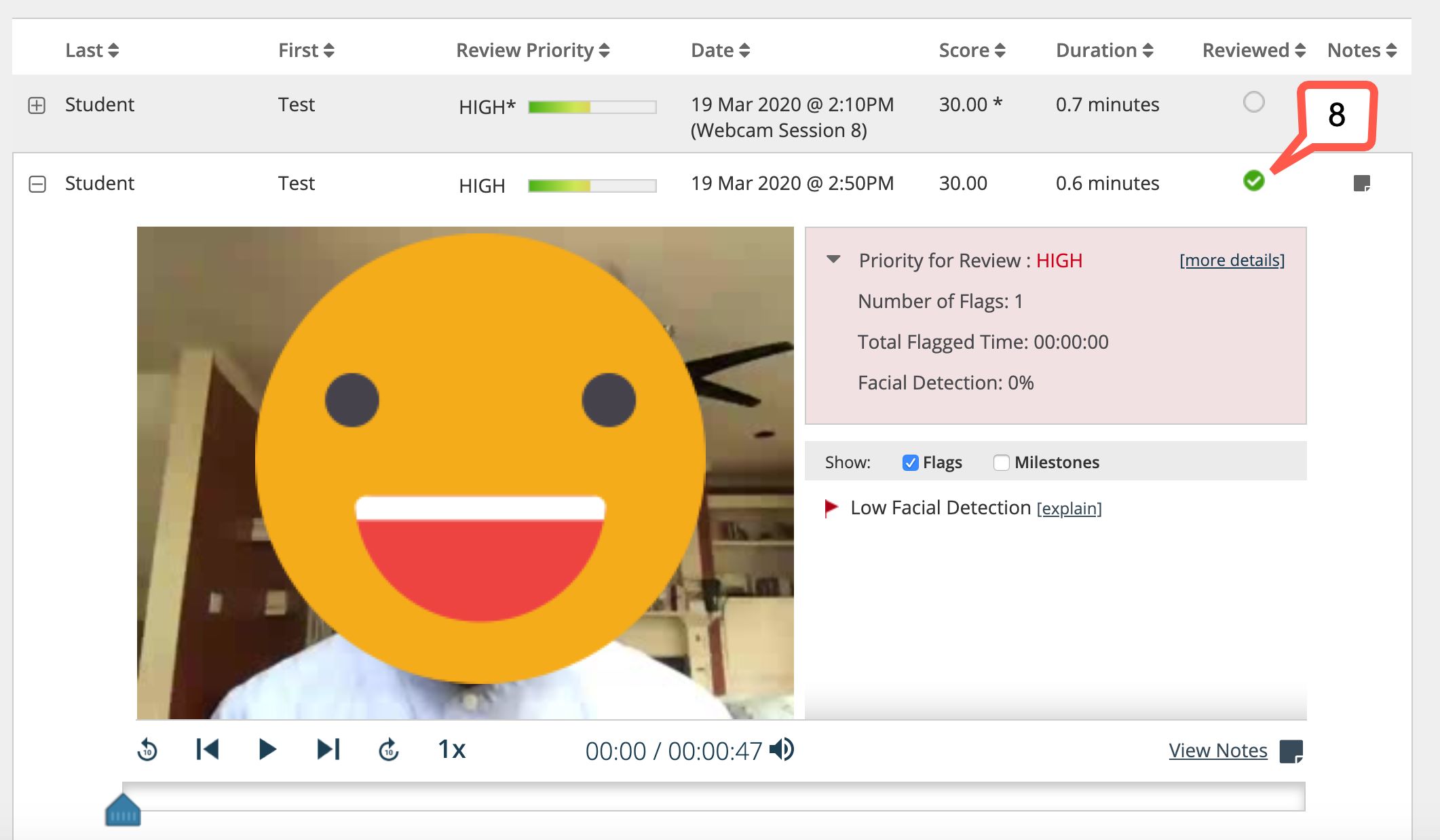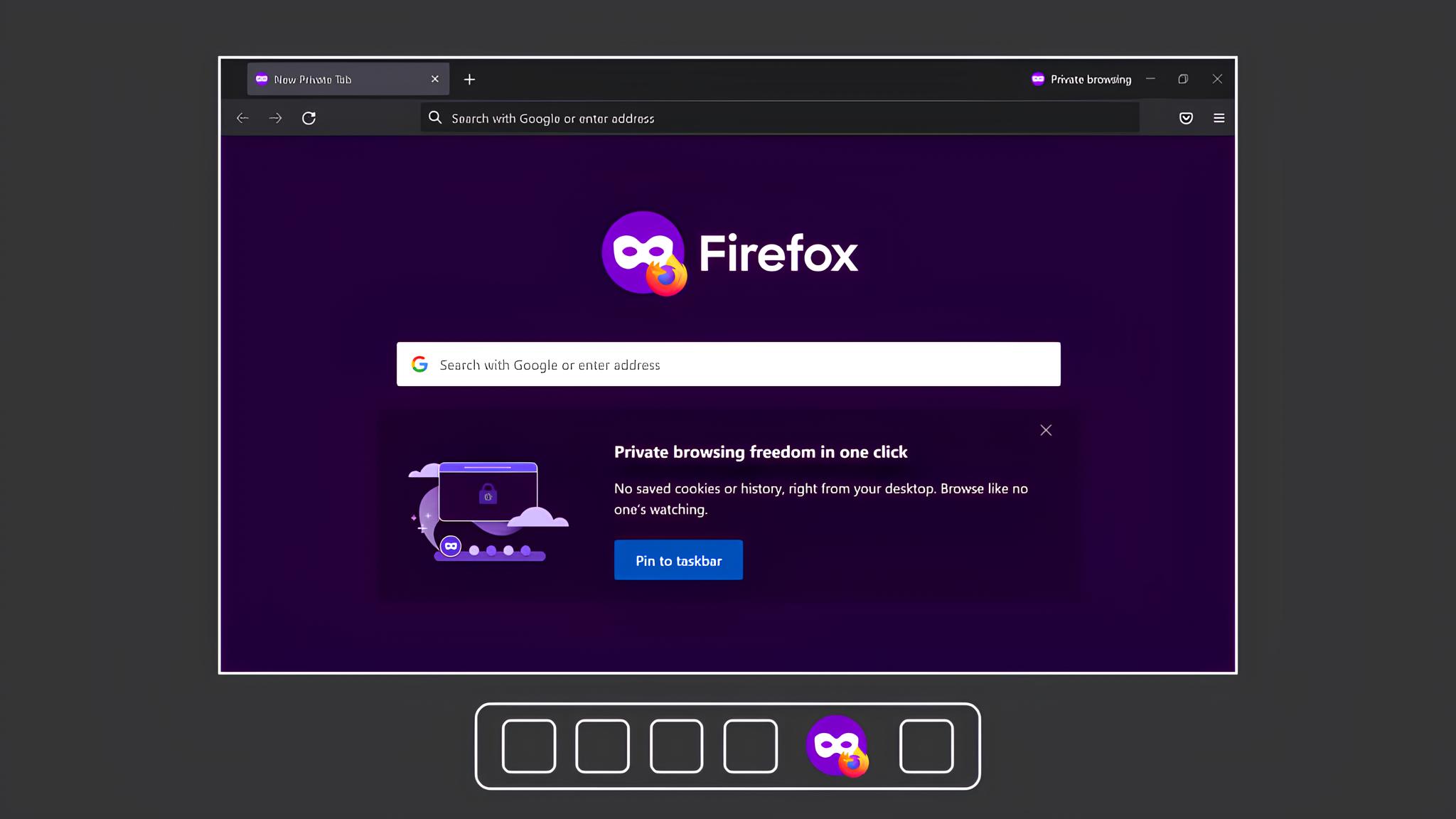Introduction
In the vast digital landscape, web browsers serve as the gateway to the boundless realm of the internet. As we navigate through websites, conduct research, or indulge in online activities, our browsers diligently record our interactions, preferences, and history. This intricate web of data is encapsulated within the concept of a browser session, a fundamental element that shapes our online experiences.
The notion of a browser session may seem elusive at first glance, but its impact is profound and far-reaching. Understanding the intricacies of browser sessions empowers users to harness the full potential of their browsing endeavors while also shedding light on the mechanisms that underpin the seamless functionality of modern web browsers.
The journey into the realm of browser sessions unveils a tapestry of interconnected elements, from temporary data storage to user authentication and session management. By delving into the core principles that govern browser sessions, we gain insight into the dynamic interplay between user input, website interactions, and the underlying infrastructure that sustains our digital interactions.
Embarking on this exploration, we embark on a quest to unravel the mysteries of browser sessions, decipher their significance, and uncover the mechanisms that enable browsers to encapsulate our digital footprint. Let us embark on this enlightening journey to demystify the essence of browser sessions and unveil the intricate tapestry that shapes our online experiences.
Definition of Browser Session
A browser session can be likened to a digital footprint that encapsulates a user's interactions within a specific timeframe on a web browser. It encompasses the duration during which a user engages with a website or a series of websites, from the initial access to the eventual closure of the browser. This temporal window serves as a container for a multitude of activities, including browsing various web pages, submitting forms, and interacting with dynamic content.
Fundamentally, a browser session commences when a user launches a web browser and concludes when the browser is closed or when the user actively terminates the session. During this period, the browser diligently records and retains a plethora of data, such as cookies, cache, and browsing history, which collectively contribute to the user's digital footprint.
In essence, a browser session is a transient state that encapsulates the user's online journey, encompassing the websites visited, interactions performed, and data exchanged. This temporal container not only facilitates seamless navigation across web pages but also enables the preservation of user preferences, authentication status, and temporary data storage.
The concept of a browser session is pivotal in shaping the user experience, as it influences the persistence of user-specific settings, the retention of login credentials, and the preservation of browsing history. Moreover, it forms the foundation for personalized recommendations, targeted advertisements, and the seamless continuation of user activities across multiple web pages.
In summary, a browser session serves as a temporal vessel that encapsulates a user's digital interactions within a web browser, encompassing a myriad of activities and data points that collectively contribute to the user's online journey. Understanding the nuances of browser sessions is paramount in unraveling the intricacies of web browsing and appreciating the mechanisms that underpin our digital experiences.
How Browser Sessions Work
Browser sessions operate as dynamic containers that encapsulate a user's interactions within a web browser. When a user initiates a browsing session by launching a web browser, a series of intricate processes unfold to facilitate and sustain the user's digital journey.
Initialization and Data Exchange
Upon launching a web browser, a new browser session is initialized, marking the commencement of the user's digital footprint within the browser environment. As the user navigates through various web pages, the browser diligently exchanges data with remote servers, retrieving web page content, executing scripts, and processing user inputs.
Temporary Data Storage
During a browser session, temporary data such as cookies, cache, and session storage play a pivotal role in preserving user preferences, authentication status, and transient data exchange. Cookies, in particular, enable websites to store user-specific information, track user interactions, and personalize the browsing experience based on past activities.
User Authentication and State Management
Browser sessions facilitate user authentication and state management, enabling users to log into websites, access personalized content, and maintain their authenticated status across multiple web pages. This seamless continuity is achieved through the preservation of session tokens and authentication credentials within the browser session.
Session Continuity and Persistence
Browser sessions ensure the continuity and persistence of user activities across multiple web pages. As users navigate through websites, their session state, including login status, preferences, and browsing history, is retained, allowing for a seamless and personalized browsing experience.
Resource Management and Cleanup
Upon the closure of a browser session, the browser undertakes resource management and cleanup processes to clear temporary data, release memory resources, and terminate active connections. This ensures the privacy and security of user data while preparing the browser for subsequent sessions.
In essence, browser sessions function as dynamic entities that orchestrate the exchange of data, preservation of user state, and facilitation of seamless interactions within the web browser environment. Understanding the inner workings of browser sessions unveils the intricate mechanisms that underpin our digital experiences and empowers users to navigate the online realm with clarity and insight.
Importance of Browser Sessions
Browser sessions play a pivotal role in shaping the user experience and underpinning the seamless functionality of modern web browsers. Their importance transcends mere data retention, extending into the realms of personalization, security, and continuity within the digital landscape.
Personalized User Experience
Browser sessions serve as the bedrock for delivering personalized user experiences. By retaining user preferences, browsing history, and authentication status, browser sessions enable websites to tailor content, recommendations, and interactions based on the user's past activities. This personalized touch enhances user engagement, fosters a sense of familiarity, and streamlines the navigation process, ultimately enriching the overall browsing experience.
Seamless Continuity
The continuity of user activities across multiple web pages is facilitated by browser sessions. As users traverse through websites, their session state, including login credentials, preferences, and browsing history, is preserved, ensuring a seamless transition and consistent user experience. This continuity is instrumental in fostering user engagement and streamlining interactions, as users can seamlessly pick up where they left off without disruptions.
Data Retention and Convenience
Browser sessions retain crucial data such as cookies, cache, and session storage, which contribute to the convenience and efficiency of browsing. By storing user-specific information and temporary data, browser sessions eliminate the need for repetitive logins, preserve user settings, and facilitate swift access to previously visited web pages. This data retention mechanism enhances user convenience and streamlines the browsing process, contributing to a more efficient and user-friendly experience.
Security and Privacy
From a security standpoint, browser sessions play a vital role in safeguarding user data and privacy. By managing authentication tokens, session identifiers, and secure connections, browser sessions ensure the integrity of user interactions and protect sensitive information from unauthorized access. Additionally, browser sessions facilitate the cleanup of temporary data upon session closure, mitigating the risk of data exposure and bolstering user privacy.
In essence, the importance of browser sessions transcends mere data storage, encompassing personalized experiences, seamless continuity, data retention, and security. Understanding and appreciating the significance of browser sessions empowers users to navigate the digital landscape with confidence, knowing that their interactions are seamlessly orchestrated and their data is safeguarded within the confines of the browser session.
Managing Browser Sessions
Managing browser sessions encompasses a spectrum of practices and tools aimed at optimizing the user experience, enhancing privacy, and streamlining the functionality of web browsers. From controlling session persistence to fine-tuning data retention, effective management of browser sessions empowers users to tailor their digital footprint and exert greater control over their online interactions.
Session Control and Privacy Settings
Modern web browsers offer a plethora of controls and settings to manage browser sessions effectively. Users can configure preferences related to cookies, cache, and session storage, allowing them to dictate the extent to which their browsing data is retained. By adjusting privacy settings, users can exert control over the persistence of their session data, thereby safeguarding their privacy and mitigating the accumulation of unnecessary browsing history.
Incognito and Private Browsing Modes
Incognito or private browsing modes represent a powerful tool for managing browser sessions, offering users the ability to engage in browsing activities without retaining a persistent session footprint. In these modes, the browser refrains from storing browsing history, cookies, and other session data, providing users with a temporary and isolated browsing environment. This feature is particularly valuable for scenarios where users seek enhanced privacy or wish to avoid the accumulation of browsing history.
Session Management Extensions
Browser extensions dedicated to session management offer advanced capabilities for organizing and controlling browser sessions. These extensions enable users to save and restore multiple browsing sessions, segregate work-related and personal sessions, and manage session-specific settings with ease. By leveraging session management extensions, users can streamline their browsing activities, declutter their session history, and maintain a structured approach to managing their digital interactions.
Clearing and Resetting Sessions
Web browsers provide built-in functionalities to clear and reset browser sessions, allowing users to purge temporary data, browsing history, and session-related information. By periodically clearing sessions, users can declutter their browsing environment, mitigate the accumulation of unnecessary data, and enhance the performance of their web browser. This practice also contributes to bolstering privacy and security by eradicating traces of past interactions.
Session Persistence and Auto-Restore Features
Some web browsers offer features that enable session persistence and auto-restore functionality, allowing users to resume their browsing activities from previous sessions seamlessly. By leveraging these capabilities, users can pick up where they left off, even after closing the browser or restarting their device. This feature is particularly valuable for users who engage in extensive research, multitasking, or prolonged browsing sessions, as it ensures continuity and eliminates the need to manually restore previous session states.
In essence, managing browser sessions encompasses a diverse array of practices and tools that enable users to exert control over their digital footprint, enhance privacy, and streamline their browsing experiences. By leveraging session management features, privacy settings, and specialized extensions, users can tailor their browsing environment to align with their preferences, thereby fostering a more personalized, efficient, and secure online experience.
Conclusion
In conclusion, the concept of browser sessions serves as a cornerstone of the modern digital experience, shaping the way users interact with web browsers and navigate the boundless expanse of the internet. From the moment a user initiates a browsing session to the eventual closure of the browser, a dynamic interplay of data exchange, user state management, and session persistence unfolds, orchestrating a seamless and personalized browsing experience.
The significance of browser sessions extends beyond mere data retention, encompassing personalized user experiences, seamless continuity, data retention, and security. By encapsulating a user's digital interactions within a temporal container, browser sessions enable websites to tailor content, recommendations, and interactions based on the user's past activities, fostering a sense of familiarity and enhancing user engagement.
Furthermore, the continuity of user activities across multiple web pages is facilitated by browser sessions, ensuring a seamless transition and consistent user experience. This continuity empowers users to seamlessly pick up where they left off, eliminating disruptions and enhancing the efficiency of their browsing endeavors.
From a security standpoint, browser sessions play a vital role in safeguarding user data and privacy. By managing authentication tokens, session identifiers, and secure connections, browser sessions ensure the integrity of user interactions and protect sensitive information from unauthorized access.
Effective management of browser sessions empowers users to tailor their digital footprint and exert greater control over their online interactions. By leveraging privacy settings, session management extensions, and built-in browser features, users can optimize their browsing experiences, enhance privacy, and streamline their digital interactions.
In essence, understanding and appreciating the significance of browser sessions empowers users to navigate the digital landscape with confidence, knowing that their interactions are seamlessly orchestrated and their data is safeguarded within the confines of the browser session. As technology continues to evolve, the role of browser sessions in shaping the digital experience will remain pivotal, underscoring the importance of delving into the intricacies of this fundamental aspect of web browsing.

























